If only work had started sooner on the new extension to the East Wing of the White House. Then President Donald Trump might be able to inaugurate it with a party for the man who owns arguably the grandest ballroom in the world (one Mr. Trump knows well).
Discussions are ongoing for a state visit to the US by King Charles III and Queen Camilla next year. President Trump has now logged an unprecedented two state visits in an easterly direction and common courtesy dictates a return invitation for the Windsors to pay a visit to the White House.
Next year is the obvious date. It will be 250 years since the US came into being by extracting the colonies from the rule of the King’s fifth great-grandfather, George III. As divorces go, it has proved to be the most enduring and amicable bust-up in history – and that surely warrants a party. Some readers will be old enough to remember the euphoric events in honor of the 200th in 1976. The late Queen Elizabeth II was the guest of honor back then. Next year will also be her centenary so there will be a poignant subtext to the visit, not least because Trump was the last state visitor of her record-breaking reign.
So how will things pan out this time? Overall, they will certainly be more upbeat than might have been expected had Kamala Harris won the presidential election. The last administration was treading very warily around the 250th for fear of looking triumphalist. Back in 1976, the anniversary celebrations were a straightforward “three cheers for the heroes of the Revolution,” “down with the evil Redcoats” and “no hard feelings.” Philadelphia turned out in force to welcome the Queen sailing in aboard the Royal Yacht Britannia carrying a brand new Liberty Bell from the same Whitechapel foundry that had made the original. And the partying went on and on. Ahead of 2026, the Democrats were agonizing about the elephant in the corner of Independence Hall. How to handle the Founding Fathers’ extensive links with slavery while those villainous Brits, rather awkwardly, had been offering emancipation? Maybe it was time to tone down all that revolutionary hoopla.
Trump is certainly not going down that route. He will see things in much the same way Gerald Ford saw them in 1976: this was the birth of the greatest nation on Earth, warts and all, with all the freedoms that followed. In other words, it’s going to be big. Very big. And there is really only one other nation which needs to be at the party (though the French might claim an invitation to the top table).
In 1976, the only debate was choosing which day the Queen should arrive. She had been invited for July 4 but thought it best to let the US have its moment. “Forgiveness can only go so far,” a waspish British embassy spokesman told the New York Times. It was decided that she should arrive on July 6 instead. No sooner had she stepped off the Britannia than she was delivering the first of several George III jokes. As she declared in Philadelphia: “Without that great act in the cause of liberty 200 years ago, we could never have transformed an Empire into a Commonwealth!”
The bicentennial royal tour included Boston and New York, where the Queen insisted on a trip to Bloomingdale’s and Prince Philip jauntily wore a “Big Apple” sticker on his dinner jacket. The centerpiece was the White House ball in Washington, with Bob Hope acting as master of ceremonies. It also featured a fabulous faux pas which enraged Ford and greatly amused the Queen. As he led her on to the dance floor, the bandmaster chose that moment to strike up “The Lady is a Tramp.”
I would envisage a little more history in the mix this time around. The King has always been fascinated by George III – whom he feels is greatly misunderstood – and the Royal Archives have recently digitized hundreds of thousands of Georgian documents with generous American support from organizations such as the Omohundro Institute of Early American History. I made a program about it all for the BBC. What sticks in the mind – along with firing guns at Yorktown and seeing Ivan Schwartz create the first American statue of the tyrant King since 1776 – is the way in which George moved on so swiftly from his “America is lost!” trough of despair to building the foundations of today’s “special relationship.”
That, incidentally, was a banned phrase in British diplomatic circles at the time of the bicentennial. Timid Foreign Office mandarins were worried that it sounded presumptuous and that it might irk the UK’s European allies (Prince Charles was specifically ordered to remove it from his 1970 speech to the Pilgrims Society of Great Britain). That will certainly not be the case next year. Expect to hear it trumpeted at every turn following the President’s heartfelt words on the bilateral relationship at the Windsor state banquet in September: “‘Special’ does not begin to do it justice.”
It should be a great party. Make that two parties if the Prince and Princess of Wales (as I expect) also undertake a US 250 tour of their own. Mr. Trump just needs to keep a close eye on his bandmaster.
Robert Hardman writes for the Daily Mail and is the author of The Making of a King: Charles III and the Modern Monarchy (Pegasus Books). This article was originally published in The Spectator’s November 10, 2025 World edition.



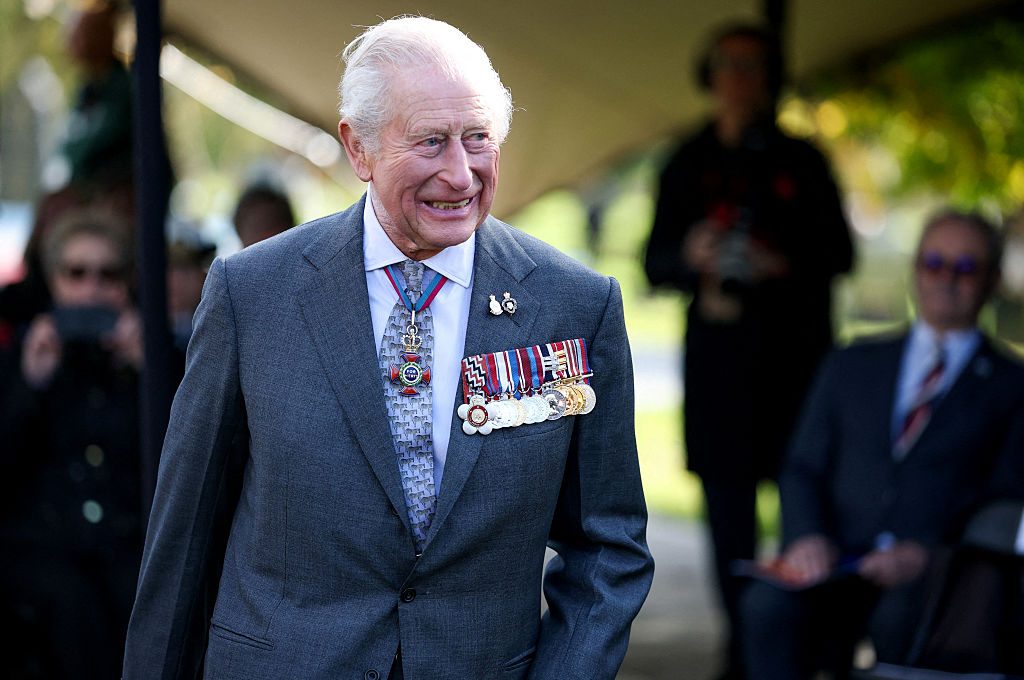






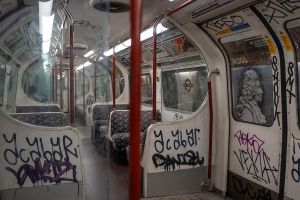

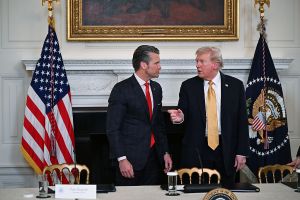




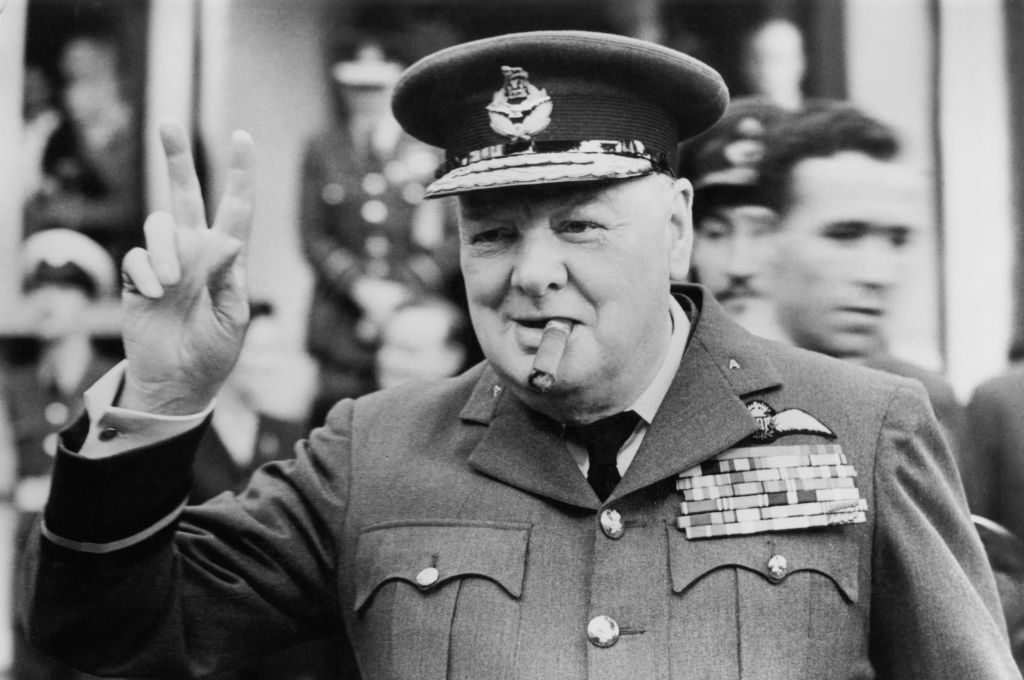
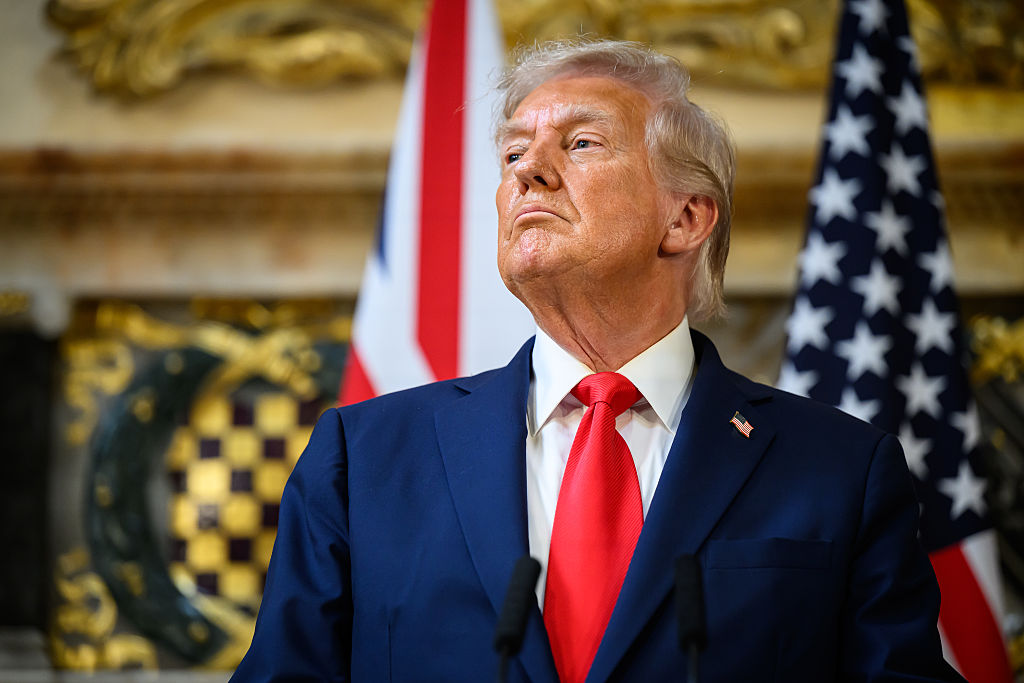







Leave a Reply